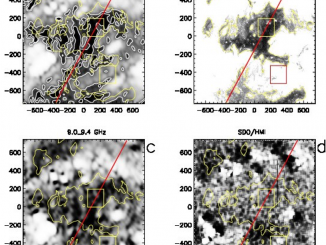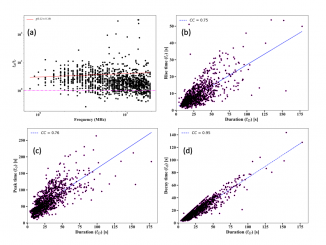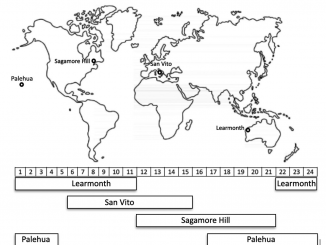Observations of coronal holes with the Siberian Radio Heliograph by Altyntsev et al.
Coronal holes (CHs) are regions of reduced brightness in solar disk images in extreme ultraviolet (EUV) or soft X-ray emissions corresponding to configurations with open magnetic field lines. Data on their area and depth of brightness depression is used in forecasts of solar wind parameters in the vicinity of Earth. Regular two-dimensional observations of CHs in microwaves with a spatial resolution to 10–20“ began in the 1990s at frequencies of […]








